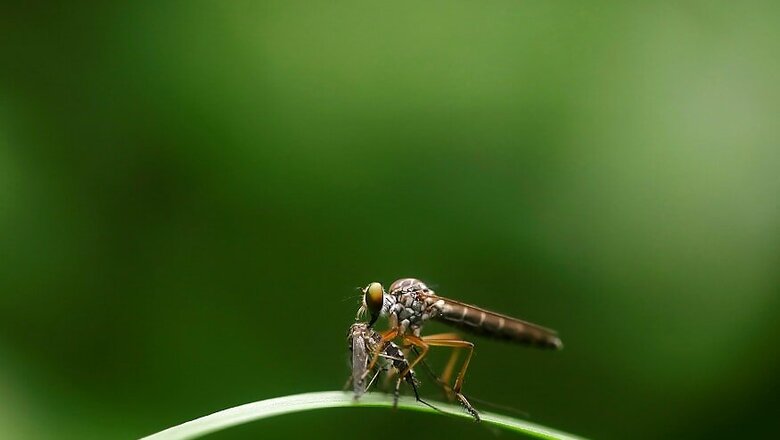
views
Of the approximately 435,000 people who died of malaria worldwide in 2017 — the most recent year for which statistics are available from the World Health Organization — 93% were in Africa.
Malaria is a mosquito-borne life-threatening disease caused by parasites that are transmitted to people through the bites of infected female Anopheles mosquitoes. It is preventable and curable.
Jon Carroll, assistant professor of anthropology at Oakland University, worked with drones and knew how useful they are. Detroit News reported that beginning a couple of years ago in southeastern Africa, working on a program with researchers and faculty at Michigan State University through the United States Agency for International Development, Carroll used drones to help manage irrigation and monitor crops in Malawi.
But in Africa, while water brings life, it too often brings death as well. Water harnessed by the irrigation project in the Bwanje Valley helps to grow food near the Equator in an increasingly challenging environment as the earth warms. Yet it also provides potential breeding havens for the mosquitoes that carry one of the great killers on the continent.
“We realized there was an opportunity to bring this to bear on malaria, because of the irrigation practices around the rice paddies in the area where we were working,” Carroll said, adding, “So the two projects were overlayered, because they were both agriculturally oriented. But they are two very different uses for drone imagery.”
“Normally, with a traditional satellite, when I was building the models that we are using, the smallest objects that we were detecting were 20-by-20 feet,” said April Frake, who was a post-doctoral research assistant from Michigan State when she helped get the program up and running. “Whereas, when we come in with a drone, we can detect objects that are about three inches.”
Mosquitoes breed easily in puddles, which is why homeowners are told to totally empty their bird baths when Eastern Equine Encephalitis threatens, for example.
“The drones are doing a significantly better job than the satellites we had previously been using to build these types of models,” Frake said.
Using models of both the irrigation pattern and the standing water, academicians in the program can discern who in the local population is most exposed to malaria. The researchers also hope the images can help irrigation engineers manage water flow to avoid the formation of stagnant pools where mosquitoes can breed.
During a nine-day trip this summer, Carroll, Frake and Brad Peter, another post-doctoral research assistant formerly of Michigan State, gathered volumes of imagery and data from drone flights and fed it all into a computer.
“There are different algorithms that you can use to investigate and classify what you’re seeing on the ground,” Carroll said. “It’s incredibly expensive to some. But drones are becoming more affordable and the technology is propagating. This is a really nice tool that I think eventually everyone there will have access to.”
While in Malawi this year, Carroll spoke to students and faculty at Lilongwe University of Agriculture and Natural Resources about the project. Eventually, Malawians will take over the work. “These are the local specialists,” Carroll said of the Malawian professors and students.

















Comments
0 comment